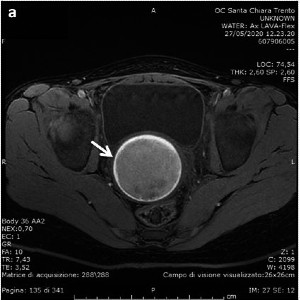Mitotic crossover promotes leukemogenesis in children born with TEL-AML1 via the generation of loss of heterozygosity at 12p

Submitted: 11 May 2015
Accepted: 26 May 2015
Published: 24 November 2015
Accepted: 26 May 2015
Abstract Views: 2506
PDF: 1213
HTML: 237
HTML: 237
Publisher's note
All claims expressed in this article are solely those of the authors and do not necessarily represent those of their affiliated organizations, or those of the publisher, the editors and the reviewers. Any product that may be evaluated in this article or claim that may be made by its manufacturer is not guaranteed or endorsed by the publisher.
All claims expressed in this article are solely those of the authors and do not necessarily represent those of their affiliated organizations, or those of the publisher, the editors and the reviewers. Any product that may be evaluated in this article or claim that may be made by its manufacturer is not guaranteed or endorsed by the publisher.
Supporting Agencies
N/AIvanovski, I., Garavelli, L., Djurić, O., Ćirović, A., Škorić, D., & Ivanovski, P. I. (2015). Mitotic crossover promotes leukemogenesis in children born with TEL-AML1 via the generation of loss of heterozygosity at 12p. La Pediatria Medica E Chirurgica, 37(2). https://doi.org/10.4081/pmc.2015.112
PAGEPress has chosen to apply the Creative Commons Attribution NonCommercial 4.0 International License (CC BY-NC 4.0) to all manuscripts to be published.


 https://doi.org/10.4081/pmc.2015.112
https://doi.org/10.4081/pmc.2015.112






